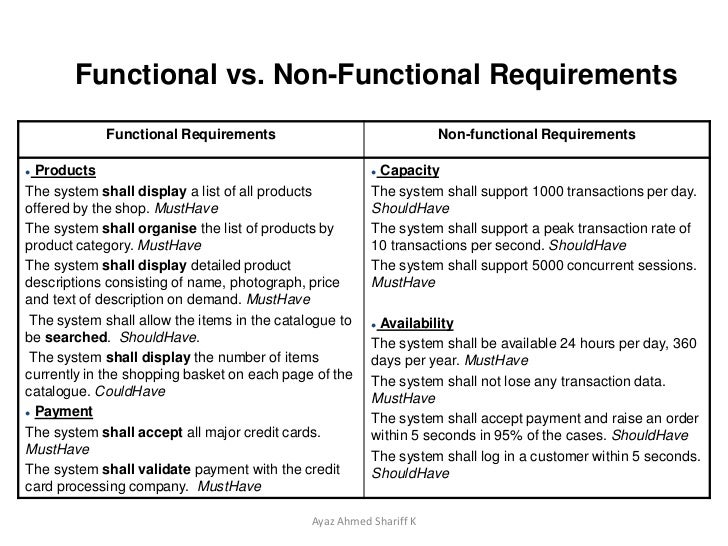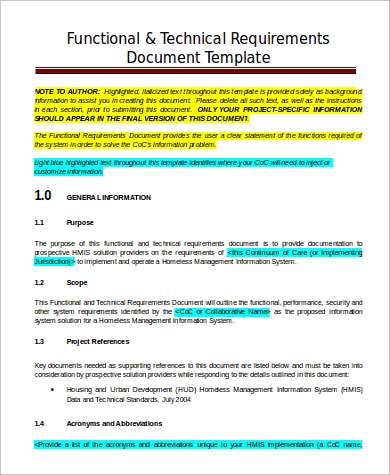

In a way, both functional and non-functional requirements are goals that dictate what needs to be achieved by the system, process, or product. Many other characteristics exist that are focused entirely on the health and longevity of a product or system such as Scalability, Testability, and Maintainability.īy building non-functional requirements categorically, and by ensuring you are covering every aspect of each category, you can build non-functional requirements that provide a goal for the system, process, and/or products that your team is involved with creating. Many familiar characteristics fall into the operational category, such as Security, Accessibility, and Usability. These characteristics are categorized within the three (3) following aspects of a system:Įach aspect of your system will fall into one of these Operational, Revisional, or Transitional categories of non-functional requirements. When defining purposeful non-functional requirements (NFRs), teams should begin by defining their non-functional requirements for a wide variety of system characteristics. Non-functional requirements are the set of requirements that define the “ HOW SHOULD IT BE” aspects of your system.ĮXAMPLE: All help text, in application and documentation, will be provided in English, French, and Spanish. This is because the role of any non-functional requirement is to act as the descriptor of success for a project, process, or system. Because of this, and because functional requirements are the “default” in people’s thinking, this can often result in teams using only functional requirements or having to constantly evaluate their non-functional requirements for correctness.ĭespite this, properly constructed non-functional requirements are instrumental in understanding the successes of a given project, process, or system. Let’s start by looking at the differences between a functional and non-functional requirement.įor the most part, non-functional requirements are the requirements that are more difficult to define, measure, test, and track.

#Functional requirements how to#
So, what are non-functional requirements? To answer this question, we need to understand how to put together a non-functional requirement. Measuring a project against well-defined non-functional requirements give teams the ability to test the outcome of a system, project, or process against their success factors. They can be used to evaluate a project’s success (and/or give teams insight on how close their project comes to success).

If non-functional requirements are well-defined, then they are easily measurable and can be tested. This can be generalized as “user experience”. Unlike functional requirements that direct the system on a functional level, non-functional requirements create the basis for a how a system feels. Using well-defined non-functional requirements can even help gauge the overall success of a project. Non-functional requirements are as important as functional requirements.


 0 kommentar(er)
0 kommentar(er)
